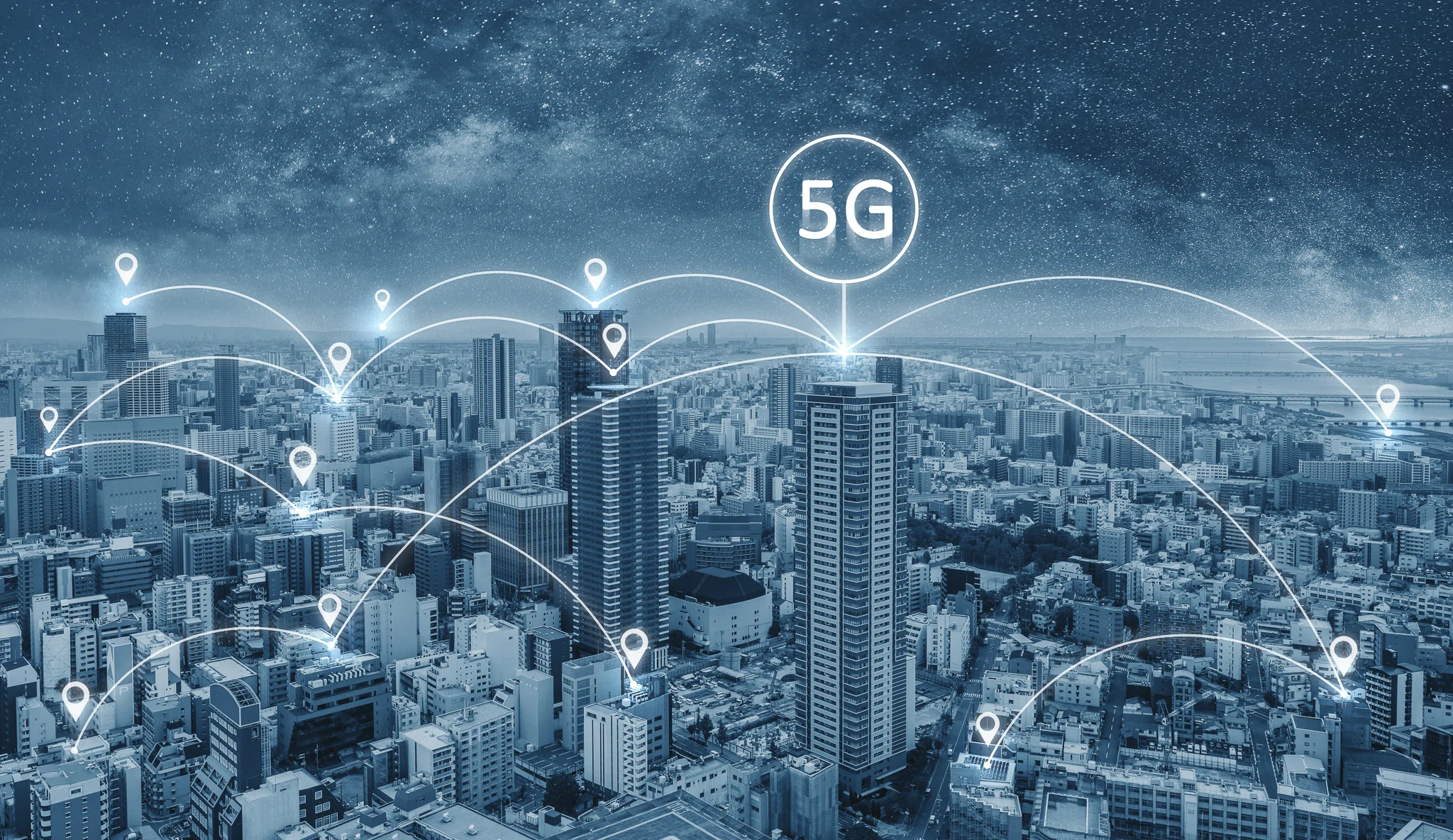Exploring the history and future of network technology
Origins of network technology
- Network technology dates back to ancient civilisations when traders created the basic principles of communication routers to transfer information and goods.
- Samuel Morse invented the telegraph in 1837, which allowed messages to be transmitted across long distances using electrical signals.
- In the mid-to-late 1950s, Time-Sharing Operating Systems emerged, allowing multiple users to share information via individual terminals connected to a single computer - a major step toward modern computer networks.
-
![servers close up wires]()
1960's
- Local Area Networks (LANs) became more prominent in allowing computers to share data across limited locations.
- Tech pioneers Paul Baran and Donald Davies developed packet switching to ensure more reliable data transmissions.
- Packet switching formed the foundations of the Advanced Research Projects Agency Network (ARPANET), the first wide-area packet-switching network.
- Supported by tech innovator Larry Roberts, ARPANET successfully transferred its first message on October 29, 1969.
- ARPANET would be the precursor to today’s Internet.
-
![email inbox close up]()
1970s
- In 1971, American computer programmer Ray Tomlinson sent the first email between two networks.
- By 1973, engineers Robert Metcalfe and David Boggs had developed Ethernet, an innovation crucial to developing LANs for efficient data sharing.
- In 1976, Ginny Strazisar created a gateway which would later be known as the first IP router.
- Two years later, in 1978, American computer scientists Bob Kahn and Vint Cerf developed the first TCP/IP protocol for networks.
-
![http www close up]()
1980's
- In 1981, IPv4 (Internet Protocol version 4) became the first major instalment of IPs.
- In 1983, the TCP/IP protocol laid the foundations of today's Internet.
- Computer scientist Paul Mockapetris developed the Domain Name System (DNS).
- By 1988, corporations like Cisco developed the first network firewalls.
- In 1988, AT&T, Lucent, and NCR introduced WaveLAN network technology - the predecessors of Wi-Fi.
- In 1989, English computer scientist Tim Berners-Lee invented the World Wide Web.
-
![blue fiberoptic cable over laptop close up]()
1990s
- The rise of the Internet. The World Wide Web was publicly launched in 1991. By 1999, around 150 million people worldwide had access to the Internet.
- IPv6 was created in 1996, offering improved routing, broader IP addresses, and embedded encryption.
- In 1996, Microsoft developed Point-to-Point Tunneling Protocol (PPTP), the first version of VPN technology.
- Wi-Fi was invented in 1997.
- By 1999, computer scientist Kevin Ashton at Procter & Gamble coined the term ‘Internet of Things'.
-
![digital cloud computing graphic]()
2000's
- The dot-com boom and bust.
- Google became the first major Web corporation to trade since the dot-com bust in 2004.
- In 2004, O’Reilly and Associates gave users an online voice with Web 2.0.
- By 2006, Google CEO Eric Schmidt introduced the term ‘cloud computing’.
- The first commercial use of 3G occurred in 2001. By 2009, 4G was launched, offering speeds ten times greater than 3G.
- Apple launched the first iPhone in 2007.
-
![5g network graphic over city skyline]()
2010's
- The rise of smartphones and wireless networking allowed on-the-go access to the Internet, e-commerce, streaming, and social media. Downloading an 800MB movie went from five hours to 43 seconds.
- Between 2011 and 2019, the daily time spent on mobile devices shot up from 32 minutes to 132 minutes.
- In 2018, the Wi-Fi Alliance launched WPA3 encryption.
- By 2019, 5G was rolled out.
- Amazon Web Services, Google, and Microsoft all launched their cloud solutions.
2020s and beyond
Learn more about 6GAs we look toward the future of network technology, the 2020s are shaping up to be a significant decade. The adoption of 5G has become the norm in wireless network communications, offering faster speeds and greater connectivity than its predecessors. In the coming decades, we can expect to see 6G become the future of network technology.
Artificial Intelligence (AI) and Machine Learning (ML) are beginning to impact network technology and will continue to do so. These advancements, along with cloud networking, quantum networking, blockchain, and Augmented Reality (AR) and Virtual Reality (VR), are redefining how we interact with and secure our digital world. It will also support global businesses, helping them automate and streamline their operations to great effect.






